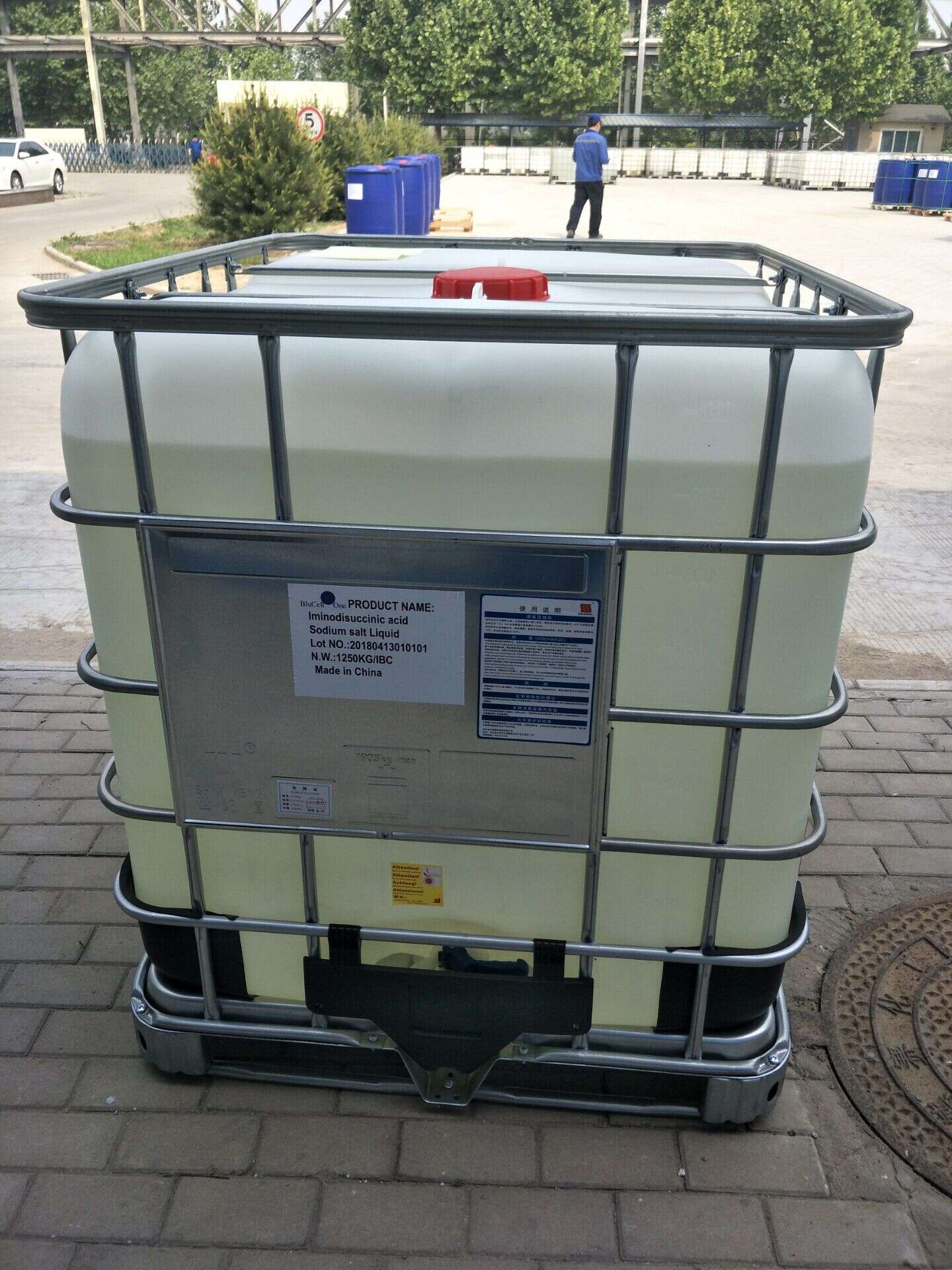-
Categories
-
Pharmaceutical Intermediates
-
Active Pharmaceutical Ingredients
-
Food Additives
- Industrial Coatings
- Agrochemicals
- Dyes and Pigments
- Surfactant
- Flavors and Fragrances
- Chemical Reagents
- Catalyst and Auxiliary
- Natural Products
- Inorganic Chemistry
-
Organic Chemistry
-
Biochemical Engineering
- Analytical Chemistry
-
Cosmetic Ingredient
- Water Treatment Chemical
-
Pharmaceutical Intermediates
Promotion
ECHEMI Mall
Wholesale
Weekly Price
Exhibition
News
-
Trade Service
According to Bloomberg New Energy Finance (BNEF), global investment in renewable energy generation capacity will greatly exceed investment in new fossil fuel power plants by 2050, as the share of renewable energy in the world's power generation capacity will grow
exponentially.
Global investment in new electricity is expected to reach $13.
3 trillion over the next 32 years, of which renewables account for 77%, with solar and wind in particular leading renewable energy investment
over the next three decades.
Specifically, by 2050, wind power will attract $5.
3 trillion in investment, solar energy will attract $4.
2 trillion, battery investment will reach $843 billion, and investment in new fossil fuel power plants will be less than $2 trillion, averaging about $416 billion
per year.
Global investment in new generation capacity will help build 15,145 GW of new power plants
by 2050.
80% of this will be zero-carbon technologies
.
Over the next three decades, 1,666 GW of non-generation capacity, such as batteries and flexible demand response capabilities
, will also be built.
On the battery side, according to the latest key findings, falling battery costs, as well as increased clean energy capacity and usage, will lead to a boom in global stationary energy storage over the next two decades, requiring a total investment of up to $662 billion
.
According to BNEF's latest forecast, global energy storage is expected to soar to 1,095GW, or 2,850GWh, by 2040, compared to only 9GW/17GWh currently deployed
.
Batteries will help increase green generation capacity for integration into the
grid.
The report predicts that by 2032, the world will have more wind and solar power than coal-fired power
.
By 2026, coal use will peak globally, and coal power generation will gradually decline
everywhere except Asia.
However, even in Asia's largest markets: China and India, coal will peak in the coming decades
.
Globally, by 2050, the scale of the world's coal-fired power generation will decline significantly, accounting for only 12% of the world's electricity, compared to 27%
today.
Depending on the pace of the region's transition to renewable energy, Europe will be a leader, with renewables accounting for 90% of Europe's electricity mix by 2040, with wind and solar accounting for 80%.
According to Bloomberg New Energy Finance (BNEF), global investment in renewable energy generation capacity will greatly exceed investment in new fossil fuel power plants by 2050, as the share of renewable energy in the world's power generation capacity will grow
exponentially.
Global investment in new electricity is expected to reach $13.
3 trillion over the next 32 years, of which renewables account for 77%, with solar and wind in particular leading renewable energy investment
over the next three decades.
Specifically, by 2050, wind power will attract $5.
3 trillion in investment, solar energy will attract $4.
2 trillion, battery investment will reach $843 billion, and investment in new fossil fuel power plants will be less than $2 trillion, averaging about $416 billion
per year.
Global investment in new generation capacity will help build 15,145 GW of new power plants
by 2050.
80% of this will be zero-carbon technologies
.
Over the next three decades, 1,666 GW of non-generation capacity, such as batteries and flexible demand response capabilities
, will also be built.
On the battery side, according to the latest key findings, falling battery costs, as well as increased clean energy capacity and usage, will lead to a boom in global stationary energy storage over the next two decades, requiring a total investment of up to $662 billion
.
According to BNEF's latest forecast, global energy storage is expected to soar to 1,095GW, or 2,850GWh, by 2040, compared to only 9GW/17GWh currently deployed
.
Batteries will help increase green generation capacity for integration into the
grid.
The report predicts that by 2032, the world will have more wind and solar power than coal-fired power
.
By 2026, coal use will peak globally, and coal power generation will gradually decline
everywhere except Asia.
However, even in Asia's largest markets: China and India, coal will peak in the coming decades
.
Globally, by 2050, the scale of the world's coal-fired power generation will decline significantly, accounting for only 12% of the world's electricity, compared to 27%
today.
Depending on the pace of the region's transition to renewable energy, Europe will be a leader, with renewables accounting for 90% of Europe's electricity mix by 2040, with wind and solar accounting for 80%.







